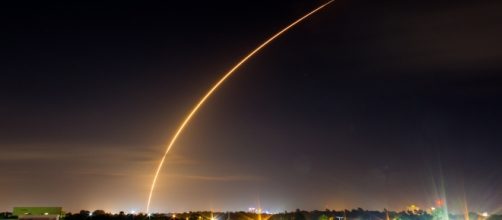Over the weekend, SpaceX accomplished the rare feat of launching two Falcon 9s within a little more than 49 hours and landing the first stages on separate sides of the United States. The first launch happened on Friday at the Kennedy Space Center, launching Bulgaria’s first communications satellite using a “fight proven” first stage. The second launch happened on Sunday and featured a new first stage with titanium fins to facilitate the landing to put 10 Iridium satellites into orbit from Vandenberg in California. Both launches and landings were brilliant successes.
First reusable rockets and now a frequent launch tempo
SpaceX has already proven that it can fly and reuse the first stages of its Falcon 9 rocket, a key factor in getting the cost of space travel down. The company has also increased its launch tempo, now having already accomplished nine spaceflights in 2017, more than all of 2016. SpaceX’s surge of two launches in under three days is also significant, since it may point to a day when rockets take off as frequently as airliners.
What happens next?
The flight manifest for SpaceX for the rest of 2017 includes 16 Falcon 9 launches and two launches of the as yet never flown Falcon Heavy. The company hopes to have a launch every week by 2019. By that time SpaceX will have use of four launch pads, two in Florida with Pad 39A and LC-40 when it is repaired, SlC-4E at Vandenberg and a new launch pad at the under construction SpaceX launch facility in Texas near Brownsville.
Launch tempo plus reusability are the keys to driving down the cost of space travel, opening the service up to more customers and allowing current customers, commercial, military, and NASA more launches within the same budget.
SpaceX will, in short order, become one of two commercial companies that fly astronauts to and from the International Space Station, breaking the Russian monopoly for that service.
The beginning of a private crewed space launch industry will be the fulfillment of a long-held dream, first implemented by President George W. Bush and continued and doubled down on by President Barack Obama. The new era in human spaceflight, it is hoped, begins in mid to late 2018.
The Falcon Heavy is crucial for another SpaceX ambition, to open up deep space exploration to the commercial sector.
The company intends to launch two private but as yet unidentified people on a flight around the moon by late 2018. The heavy lift launcher will also send a Red Dragon lander to Mars in 2020. Falcon Heavy, which is designed to use three reusable first stage modules, should make such flights cheaper and, in the fullness of time, more frequent.


